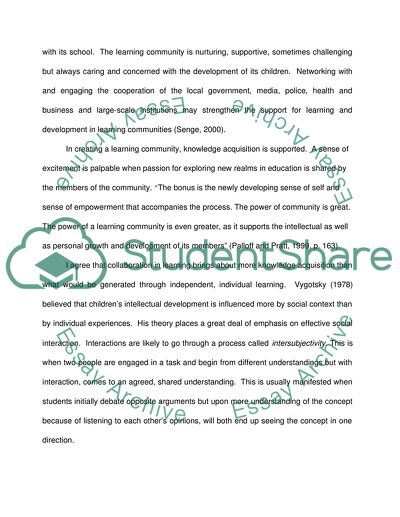Cite this document
(“Living and Learning in a Community of Learners Essay”, n.d.)
Living and Learning in a Community of Learners Essay. Retrieved from https://studentshare.org/education/1712895-reflective-essay
Living and Learning in a Community of Learners Essay. Retrieved from https://studentshare.org/education/1712895-reflective-essay
(Living and Learning in a Community of Learners Essay)
Living and Learning in a Community of Learners Essay. https://studentshare.org/education/1712895-reflective-essay.
Living and Learning in a Community of Learners Essay. https://studentshare.org/education/1712895-reflective-essay.
“Living and Learning in a Community of Learners Essay”, n.d. https://studentshare.org/education/1712895-reflective-essay.


